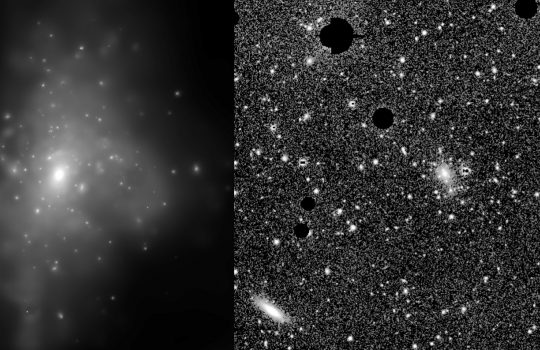Four decades and millions of stars later, Sloan Digital Sky Survey co-founder retires
- astronomy
- astrophysics
- Dark Energy Survey
- retirement
- scientist
- Sloan Digital Sky Survey
- University of Chicago
From The University of Chicago Physical Sciences, Feb. 8, 2021: Fermilab scientist Richard Kron is retiring from the University of Chicago. He co-founded the Sloan Digital Sky Survey, which created the most detailed 3-D maps of the universe and recorded the spectra for more than 3 million astronomical objects. His approach influenced the Dark Energy Survey, which created one of the most accurate dark matter maps of the universe and which Kron will continue to direct.

